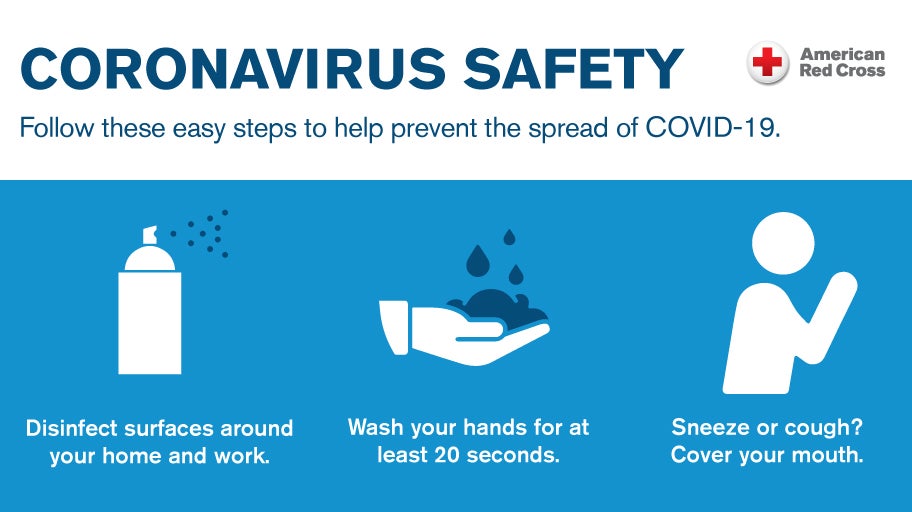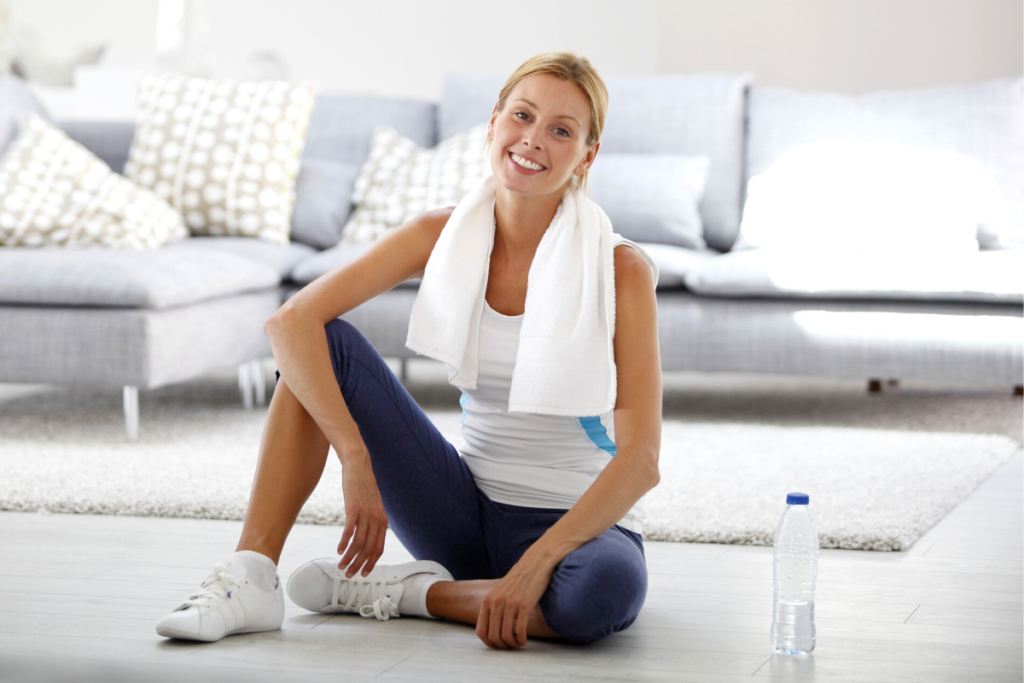
Damit Sie trotz geschlossener Fitnessstudios gesund und fit bleiben, zeigen wir Ihnen hier besten Fitnessübungen für Zuhause – ganz ohne Geräte und Hanteln.
Der Coronavirus treibt viele Menschen nicht nur ins Homeoffice, sondern auch geradewegs auf die Couch. Denn vor wenigen Wochen haben auch die letzten Fitnessstudios geschlossen. Die Folge: Die wöchentlichen Trainingseinheiten fallen weg, der Bewegungsmangel führt zu schlechter Laune, Antriebslosigkeit und Konzentrationsschwäche.
Doch auch der Körper leidet unter der eingeschränkten Bewegungsfreiheit. Denn mangelnde körperliche Betätigung zieht ebenfalls hartnäckige Verspannungen, Nacken- und Rückenschmerzen sowie ein geschwächtes Immunsystem nach sich. Dadurch können allerdings gefährliche Krankheitserreger und Viren leichter eindringen und Ihre Gesundheit gefährden.
Damit Sie trotz Homeoffice, Quarantäne und geschlossener Fitnessstudios fit und gesund bleiben, zeigen wir Ihnen im folgenden Artikel die besten Übungen für ein effektives Workout in Ihren eigenen vier Wänden. Denn auch Zuhause können Sie ein wirkungsvolles Training durchführen – und das ganz ohne Geräte und Hanteln!
Rückengymnastik: Übungen zur Stärkung Ihrer Rückenmuskulatur
Übung 1 zur Kräftigung Ihrer gesamten Rückenmuskulatur
- Stellen Sie sich zunächst mit ausgestreckten Armen aufrecht vor eine Wand.
- Legen Sie Ihre Handfläche auf der Höhe Ihrer Schultern an die Wand auf.
- Beugen Sie nun Ihre Arme und lassen Sie Ihren Oberkörper langsam zur Wand gleiten.
- Halten Sie diese Position mindestens 5 Sekunden.
- Drücken Sie sich anschließend wieder nach hinten.
- Wiederholen Sie diese Übung zehnmal.
Übung 2 zur Kräftigung der geraden Rückenmuskulatur
- Setzen Sie sich aufrecht auf einen Stuhl.
- Die Füße stehen in einem 90 Grad Winkel auf dem Boden.
- Strecken Sie Ihren Rücken durch und machen Sie Ihren Hals lang.
- Halten Sie diese Position für rund 10 Sekunden und atmen Sie dabei ruhig ein und aus.
- Daraufhin lösen Sie die Spannung, machen Ihren Rücken rund und lassen den Kopf entspannt nach unten hängen.
- Wiederholen Sie diese Übung fünfmal.
Übung 3 zur Kräftigung der schrägen Rückenmuskulatur
- Stellen Sie sich zunächst aufrecht hin. Die Arme können Sie erst einmal entspannt hängen lassen.
- Heben Sie nun Ihr linkes Knie an und ziehen Sie es hoch.
- Zum selben Zeitpunkt beugen Sie Ihren rechten Arm und berühren mit dem Ellenbogen Ihr Knie. Der Rücken sollte bei der Zusammenführung möglichst gerade bleiben.
- Nehmen Sie anschließend die Ausgangsposition ein und wiederholen Sie die Bewegung mit dem rechten Knie und dem linken Ellenbogen.
- Wiederholen Sie die Übung pro Seite fünfmal.
Effektive Übungen für Beine und Po
Übung 1: Das Radfahren
- Breiten Sie zunächst Ihre Yoga- oder Gymnastikmatte auf dem Boden aus.
- Legen Sie sich auf den Rücken und winkeln Sie das rechte Bein.
- Die Fußsohle des rechten Beines liegt vollständig auf dem Boden auf.
- Heben Sie nun das linke Bein an und ahmen Sie die Bewegung des Fahrradfahrens nach.
- Lassen Sie Ihr linkes Bein rund zwei Minuten lang kreisen.
- Wiederholen Sie die Übung nun mit dem rechten Bein.
Übung 2: Das Klemmbrett
- Setzen Sie sich aufrecht auf einen Stuhl und klemmen Sie ein kleines Kissen zwischen Ihre Knie.
- Pressen Sie nun Ihre Knie sowie Ihre Unterschenkel fest aneinander, sodass Sie die Anspannung in Ihrer Muskulatur spüren.
- Halten Sie diese Position 10 Sekunden und entspannen Sie Ihre Muskeln weitere 10 Sekunden.
- Wiederholen Sie diese Übung zehnmal.
Übung 3: Ausfallschritte
- Stellen Sie sich aufrecht hin und stemmen Sie Ihre Hände in die Hüfte.
- Gehen Sie nun mit dem rechten Bein einen großen Schritt nach vorne und beugen Sie Ihr rechtes Knie in einem 90 Grad-Winkel. Das linke Bein schwebt angewinkelt über dem Boden und der linke Fuß berührt nur noch mit den Zehenballen den Boden.
- Die rechte Fußsohle dagegen sollte vollständig den Boden berühren. Der Rücken bleibt aufrecht.
- Drücken Sie sich nun mit dem rechten Bein wieder nach hinten und nehmen Sie die Ausgangsstellung ein.
- Wiederholen Sie die Übung anschließend mit dem rechten Bein. Insgesamt sollten Sie pro Bein fünf Wiederholungen anstreben.
Übung 4: Der Wandsitz
- Stellen Sie zunächst einen Schritt entfernt mit dem Rücken zur Wand. Ihre Füße sollten in einem hüftbreiten Abstand stehen.
- Lehnen Sie sich anschließend langsam gegen die Wand.
- Lassen Sie sich nun langsam mit dem Oberkörper nach unten gleiten, bis die Beugung Ihrer Knie einen 90 Grad-Winkel erreicht. Der Rücken bleibt weiterhin an die Wand gepresst.
- Versuchen Sie diese Position mindestens 10 Sekunden zu halten, bevor Sie diese lösen.
Übung 5: Der Donkey-Kick
- Breiten Sie Ihre Yoga- oder Gymnastikmatte auf dem Boden aus.
- Begeben Sie sich in den Vierfüßlerstand. Ihr Kopf bildet mit Ihrem Oberkörper eine Linie.
- Heben Sie nun Ihr rechtes Bein an, ohne es auszustrecken. Folglich müsste sich Ihr Oberschenkel waagerecht zum Boden befinden und Ihr Unterschenkel in einem 90 Grad Winkel gebeugt sein.
- Halten Sie die Position für wenige Sekunden an und senken Sie Ihr Bein daraufhin wieder ab.
- Wiederholen Sie die Übung mit demselben Bein rund fünfzehnmal. Danach wechseln Sie die Seite.
Sixpack von Zuhause: So trainieren Sie Ihre Bauchmuskulatur
Übung 1: Beinheben
- Rollen Sie Ihre Gymnastikmatte aus und legen Sie sich auf Ihren Rücken.
- Legen Sie Ihre Arme nah an Ihrem Körper an. Die Beine bleiben ausgestreckt.
- Spannen Sie Ihre unteren Bauchmuskeln an und heben Sie Ihre Beine langsam an.
- Versuchen Sie Ihre Beine bis zu einem 90 Grad-Winkel hoch zu bewegen. Diese sollten jederzeit ausgestreckt bleiben. Oberkörper und Arme bleiben währenddessen flach auf der Matte liegen.
- Die Beine langsam wieder herabsenken, ohne die Matte zu berühren.
- Wiederholen Sie diese Bewegung zehn bis zwanzigmal.
Übung 2: Der Seitenstütz
- Legen Sie sich seitlich auf Ihre Gymnastikmatte.
- Stützen Sie sich auf einen Unterarm aus. Der andere Arm wird seitlich am Rumpf abgelegt. Die Beine bleiben durchgestreckt.
- Heben Sie nun Ihr Gesäß an, sodass Ihr Körper eine gerade Linie bildet.
- Spannen Sie Ihre Bauchmuskulatur an und halten Sie diese Position für wenige Sekunden.
- Senken Sie daraufhin wieder Ihr Gesäß auf die Matte.
- Wiederholen Sie diese Bewegung zehnmal und wechseln Sie daraufhin die Seite.
Übung 3: Sit-ups
- Legen Sie sich mit dem Rücken auf Ihre Gymnastikmatte
- Winkeln Sie Ihre Beine in einem 45 Grad-Winkel an. Die Hände hinter dem Kopf verschränken, ohne Druck auszuüben.
- Rollen Sie Ihren Oberkörper nur durch die Aktivierung Ihrer oberen Bauchmuskeln langsam nach oben ein.
- Atmen Sie während der Bewegung langsam aus.
- Gehen Sie langsam wieder in die Ausgangsposition und atmen Sie ein.
- Wiederholen Sie diese Übung fünfundzwanzigmal.
Starke Arme: So trainieren Sie Ihre Armmuskeln ohne Hanteln
Übung 1: Liegestütze
- Breiten Sie Ihre Yoga- oder Gymnastikmatte auf dem Boden aus.
- Knien Sie sich zunächst auf den Boden und stützen Sie Ihre Hände schulterbreit vor Ihrem Körper ab.
- Strecken Sie die Beine nun nach hinten aus und stellen Sie Ihre Füße auf die Zehenspitzen. Die Arme sind ausgestreckt. Ihr Oberkörper, Ihre Beine und Ihr Kopf sollten eine gerade Linie bilden.
- Senken Sie im nächsten Schritt Ihren Körper nach unten. Die Ellenbogen zeigen während der Beugung nach außen.
- Anschließen drücken Sie sich mit den Händen wieder nach oben.
- Wiederholen Sie diese Übung mindestens zehnmal. Fällt Ihnen diese Übung leicht, können Sie die Anzahl der Wiederholungen steigern.
Übung 2: Armkreisen
- Stellen Sie sich aufrecht hin. Die Füße stehen hüftbreit auf dem Boden. Ihre Arme hängen entspannt nach unten.
- Spannen Sie nun Ihre Arme an und heben Sie diese gleichzeitig seitlich nach oben, bis die Schulterhöhe erreicht ist.
- Lassen Sie nun beide Arme in kleinen Kreisen routieren.
- Führen Sie diese Bewegung mindestens eine Minute durch.
- Wiederholen Sie die Übung daraufhin, indem Sie Ihre Arme in die andere Richtung kreisen lassen.
Übung 3: Luftboxen
- Stellen Sie sich aufrecht hin, die Füße hüftbreit auf dem Boden.
- Ballen Sie Ihre Hände zur Faust und nehmen Sie beide Fäuste vor Ihre Brust.
- Boxen Sie nun abwechselnd mit den Händen nach vorne.
- Bleiben Sie dabei aufrecht und angespannt stehen.
- Wiederholen Sie diese Übung zwanzigmal.
Ausdauertraining zu Hause: Die besten Cardio-Übungen
Übung 1: Der Hampelmann
- Stellen Sie sich aufrecht hin, die Füße nebeneinander.
- Die Arme legen Sie seitlich an Ihrem Körper an.
- Springen Sie nun leicht hoch, spreizen Sie Ihre Beine und landen Sie in einen mehr als schulterbreiten Stand.
- Gleichzeitig führen Sie Ihre ausgestreckten Arme seitlich an Ihrem Körper entlang nach oben, sodass diese sich über Ihren Kopf berühren.
- Springen Sie daraufhin wieder in die Ausgangsstellung zurück.
- Versuchen Sie diesen Bewegungsablauf mindestens eine Minute durchzuhalten.
Übung 2: Der Kniehebelauf
- Stellen Sie sich aufrecht hin, die Füße leicht auseinander. Die Arme hängen seitlich an Ihrem Körper herunter.
- Springen Sie nun abwechselnd von einem Bein auf das andere. Versuchen Sie dabei Ihre Knie möglichst hoch zu ziehen.
- Die Arme schwingen passend zum Takt mit. Der Oberkörper bleibt aufrecht.
- Versuchen Sie diese Übung mindestens 30 Sekunden durchzuhalten.
Übung 3: Der Bergsteiger
- Nehmen Sie die Liegestütz-Position ein.
- Ziehen Sie nun abwechselnd Ihr rechtes und linkes Knie zu Ihrer Brust. Spannen Sie dabei Ihre Körpermitte an und versuchen Sie ein dynamisches Tempo zu erreichen.
- Achten Sie darauf, dass Ihr Körper trotz der Bewegung stets eine Linie bildet.
- Wiederholen Sie diesen Bewegungsablauf pro Knie zwanzigmal.
Übung 4: Anfersen
- Stellen Sie sich aufrecht hin, die Füße hüftbreit auseinander.
- Laufen Sie nun auf der Stelle. Ziehen Sie bei jedem Schritt Ihre Ferse nach hinten oben, sodass Sie mit Ihrem Fuß fast Ihr Gesäß berühren.
- Lassen Sie die Arme entspannt mitschwingen. Bleiben Sie mit dem Oberkörper stets aufrecht.
- Führen Sie diesen Bewegungsablauf mindestens 30 Sekunden durch.
Leichte Sitz-Gymnastik für die Arbeit im Homeoffice
Übung 1: Hüftkreisen im Sitzen
- Setzen Sie zunächst aufrecht hin.
- Atmen Sie tief durch und entspannen Sie so Ihre Muskulatur.
- Lassen Sie anschließend Ihre Hüften kreisen.
- Wiederholen Sie die kreisende Bewegung zehnmal nach rechts und zehnmal nach links.
Übung 2: Beckenkippung im Sitzen
- Setzen Sie sich aufrecht hin.
- Lassen Sie Ihr Becken zunächst nach hinten kippen, indem Sie Ihr Becken leicht nach vorne schieben.
- Schieben Sie Ihr Becken anschließend zurück. So kippen Sie Ihr Becken nach vorne.
- Zur Kontrolle können Sie eine Hand auf Ihren Unterbauch und eine auf Ihren unteren Rücken legen. So spüren Sie die Bewegung stärker und wissen, dass Sie die Übung richtig ausführen.
- Wiederholen Sie die Übung zehnmal.
Übung 3: Schulterkreisen im Sitzen
- Setzen Sie sich aufrecht hin und entspannen Sie sich.
- Legen Sie Ihre Handflächen auf Ihre Oberschenkel.
- Ziehen Sie Ihre Schultern im ersten Schritt nach vorne.
- Heben Sie Ihre Schultern nun an und ziehen sie nach hinten.
- Atmen Sie während dieser Bewegung ein.
- Lassen Sie zuletzt Ihre Schultern wieder sinken und atmen Sie aus.
- Wiederholen Sie die kreisende Bewegung zehnmal.
Tai-Chi: Übungen für Ihre innere Ausgeglichenheit
Übung 1: Das Chi wecken
- Stellen Sie sich im ersten Schritt aufrecht hin. Die Beine stehen hüftbreit auseinander.
- Atmen Sie tief ein und heben Sie Arme währenddessen langsam nach oben bis zur Schulterhöhe. Die Handflächen zeigen nach unten.
- Gehen Sie nun leicht in die Knie. Der Oberkörper bleibt dabei möglichst aufrecht.
- Gleichzeitig lassen Sie die Hände wieder bis auf Bauchhöhe sinken und atmen entspannt aus.
- Begeben Sie sich anschließend wieder zurück in die Ausgangsstellung.
Übung 2: Die Brust öffnen
- Bleiben Sie in der Ausgangsstellung der ersten Übung.
- Heben Sie Ihre Arme ausgestreckt bis zur Brust an. Gleichzeitig atmen Sie ein.
- Auf der Höhe Ihrer Brust drehen Sie die Handflächen parallel zueinander.
- Öffnen Sie während der Ausatmung Ihre Arme möglichst weit nach beiden Seiten.
- Bewegen Sie nun Ihre Arme wieder zurück in die Mitte und atmen Sie ein.
- Drehen Sie die Handflächen wieder nach unten und lassen Sie Ihre Arme langsam während der Ausatmung sinken.
Übung 3: Den Regenbogen schwingen
- Gehen Sie erneut in die Ausgangsstellung.
- Heben Sie die Arme nun vor der Brust nach oben bis über den Kopf.
- Die Handflächen zeigen dabei nach unten. Gleichzeitig atmen Sie ein.
- Verlagern Sie im zweiten Schritt Ihr Körpergewicht auf das rechte Bein.
- Die linke Fußspitze drehen Sie leicht nach außen.
- Schwingen Sie anschließend den linken Arm in einem Bogen zur linken Seite. Die Handfläche zeigt nach oben.
- Richten Sie Ihren Blick auf Ihre linke Hand und atmen Sie aus.
- Der rechte Arm bleibt weiterhin über Ihrem Kopf.
- Nun bewegen Sie auch Ihren linken Arm wieder zurück über Ihren Kopf. Atmen Sie dabei ein.
- Nun verlagern Sie Ihr Gewicht auf das linke Bein und wiederholen die Übung mit dem rechten Arm.

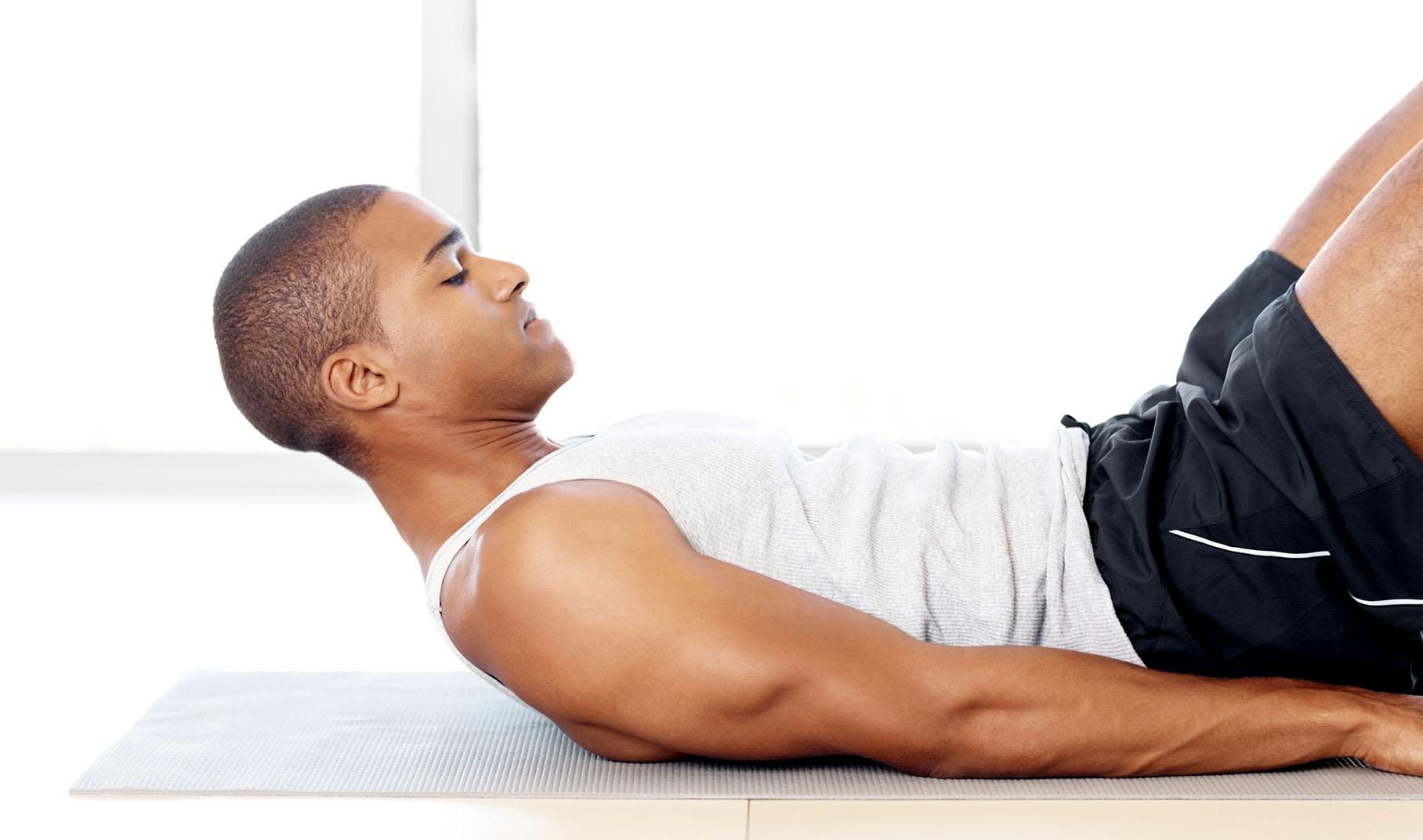
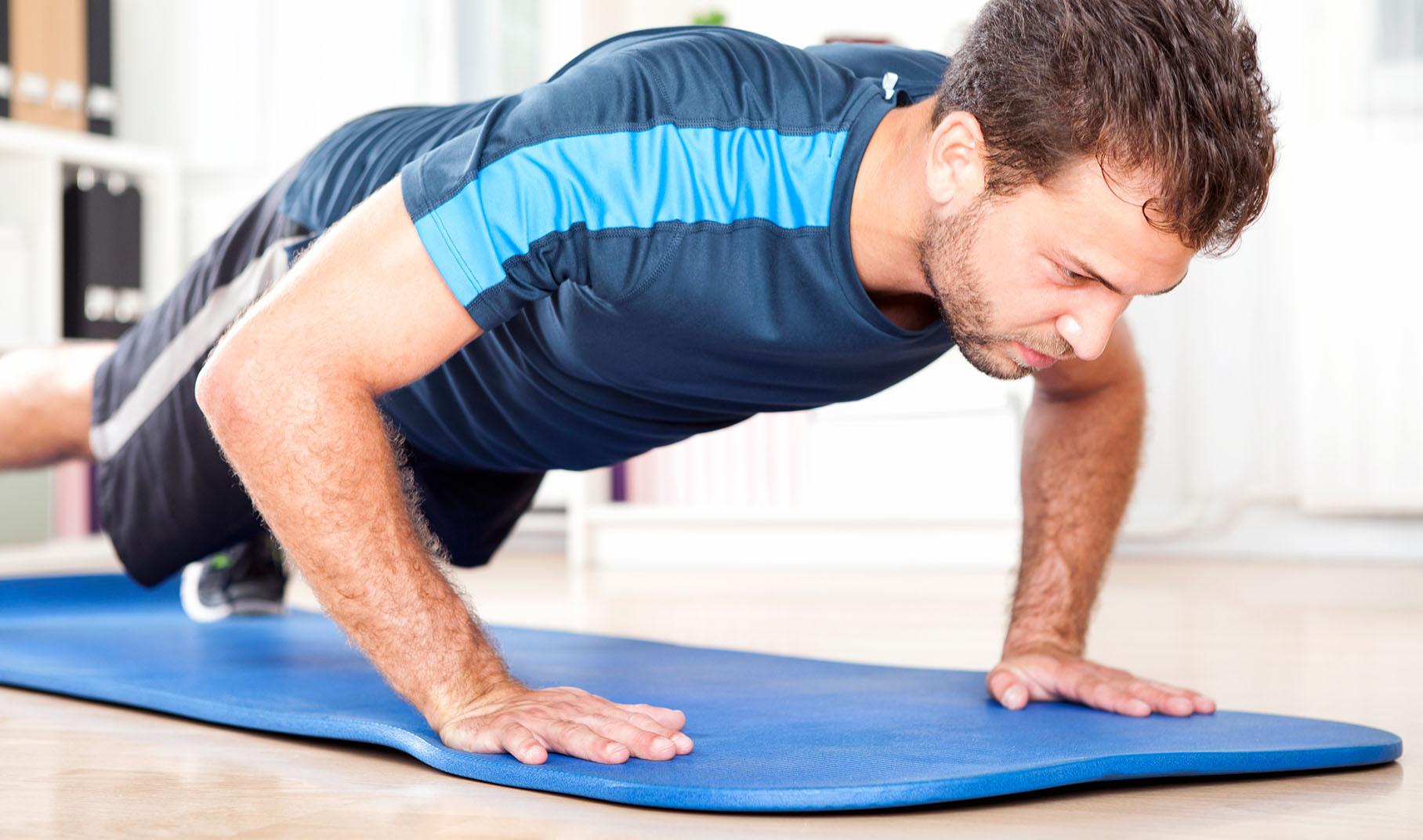
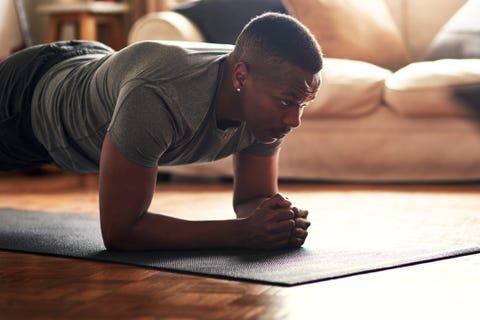
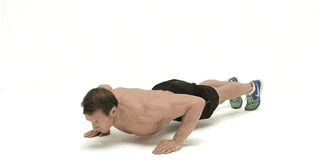
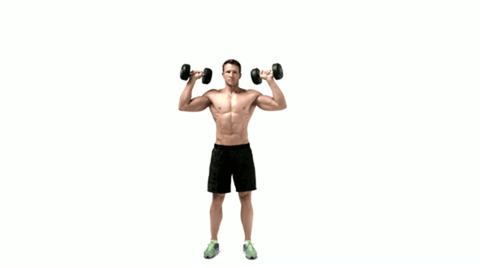
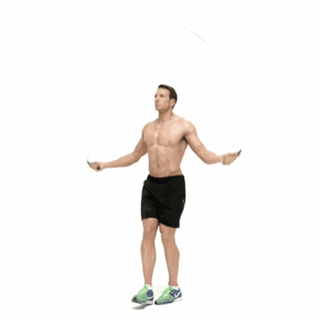
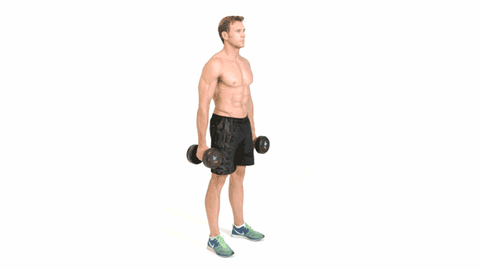
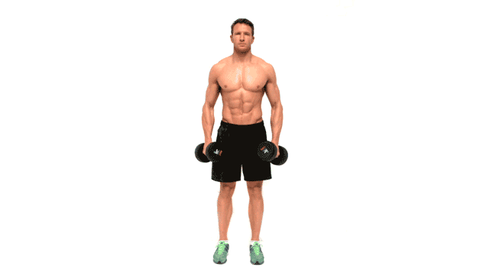

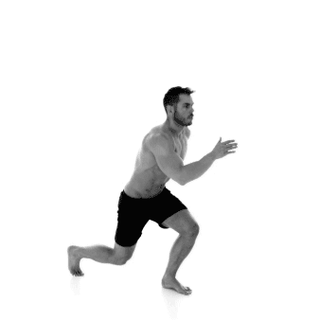
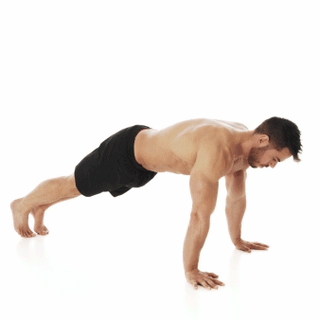


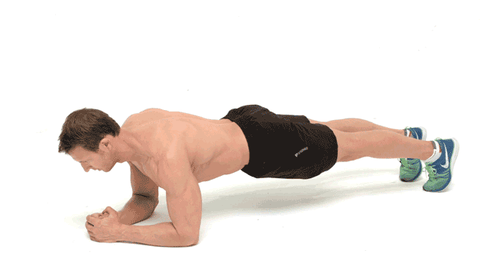

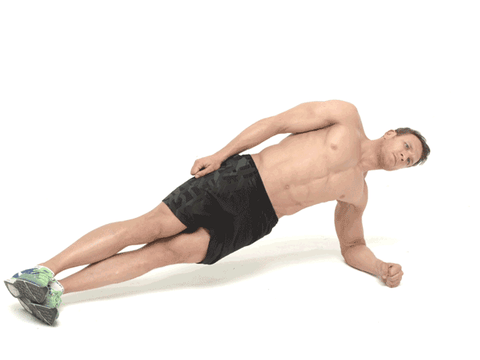
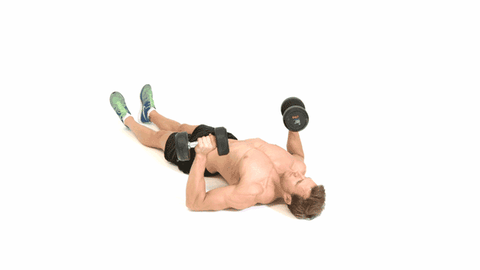
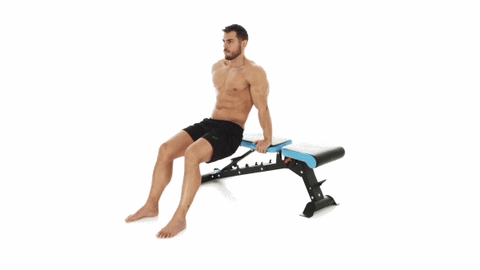
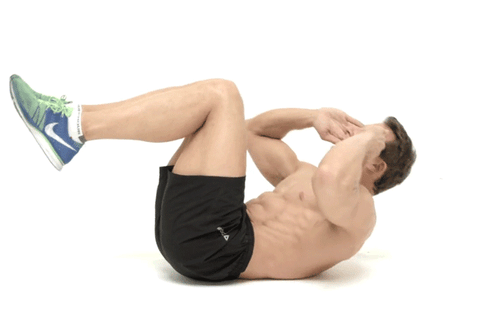


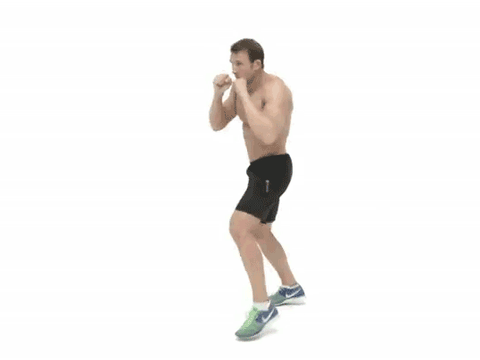
:max_bytes(150000):strip_icc():format(webp)/32-2704686--Inner-Thigh-LiftsGIF-f6e7cad2b3b54c78a38358e411aa0f45.gif)










